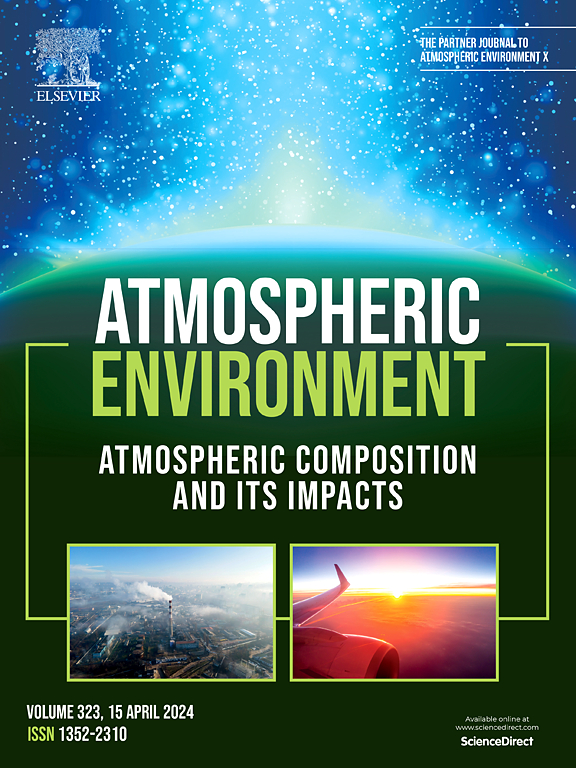在体积和单颗粒水平上依赖于尺寸的空气中金属溶解度和相关的分析技术:综述
IF 3.7
2区 环境科学与生态学
Q2 ENVIRONMENTAL SCIENCES
引用次数: 0
摘要
金属在空气和生物体中溶解度的大小依赖性已被确定为理解气溶胶-云相互作用、全球生物地球化学循环、室内空气质量和气溶胶毒性的关键参数。发射源对金属溶解度起主导作用,而大气老化可以增强金属溶解度。研究表明,与地壳金属相比,集中在亚微米颗粒中的有毒金属(例如重金属)往往具有更高的溶解度,在生物流体中的溶解度甚至高于在水中的溶解度,这可能引发更多的不利健康影响。讨论了与金属溶解度和粒度有关的因素,如液态水浓度和酸度水平、混合状态和颗粒的颗粒参数。各种尺度的分析技术在精确测量尺寸依赖性金属溶解度方面起着至关重要的作用,特别是对于可溶性组分。研究了散装和单颗粒水平的现有检测技术,包括离线、在线和制图分析。本综述的目的是总结当前对尺寸依赖的空气中金属溶解度和相关的最新分析技术的理解。我们还确定了未来的挑战,并为尺寸依赖性金属溶解度的研究和相关分析技术的发展提供了前景。本文章由计算机程序翻译,如有差异,请以英文原文为准。
Size-dependent airborne metal solubility and associated analytical techniques at bulk and single particle levels: A review
Size-dependent airborne metal solubility in air and living organisms has been identified as a key parameter to understanding aerosol-cloud interactions, global biogeochemical cycles, indoor air quality, and aerosol toxicity. Emission sources play a dominant role in size-dependent airborne metal solubility, which could be enhanced by atmospheric aging. Studies show that toxic metals (e.g., heavy metals) concentrated in submicron particles tend to have a higher solubility compared to crustal metals and possess even higher solubility levels in biological fluids than those in water, which may trigger more adverse health effects. Factors related to metal solubility and particle size, such as liquid water concentrations and acidity levels, mixing states, and particle parameters of particles, were discussed. Analytical techniques on various scales play an essential role in accurately measuring size-dependent metal solubility, particularly for soluble fractions. Available detection techniques at bulk and single particle levels were examined, including offline, online, and mapping analysis. The purpose of this overview is to summarize the current understanding of size-dependent airborne metal solubility and related state-of-the-art analytical techniques. We also identified future challenges and provided perspectives for studies of size-dependent metal solubility and the development of associated analytical techniques.
求助全文
通过发布文献求助,成功后即可免费获取论文全文。
去求助
来源期刊

Atmospheric Environment
环境科学-环境科学
CiteScore
9.40
自引率
8.00%
发文量
458
审稿时长
53 days
期刊介绍:
Atmospheric Environment has an open access mirror journal Atmospheric Environment: X, sharing the same aims and scope, editorial team, submission system and rigorous peer review.
Atmospheric Environment is the international journal for scientists in different disciplines related to atmospheric composition and its impacts. The journal publishes scientific articles with atmospheric relevance of emissions and depositions of gaseous and particulate compounds, chemical processes and physical effects in the atmosphere, as well as impacts of the changing atmospheric composition on human health, air quality, climate change, and ecosystems.
 求助内容:
求助内容: 应助结果提醒方式:
应助结果提醒方式:


